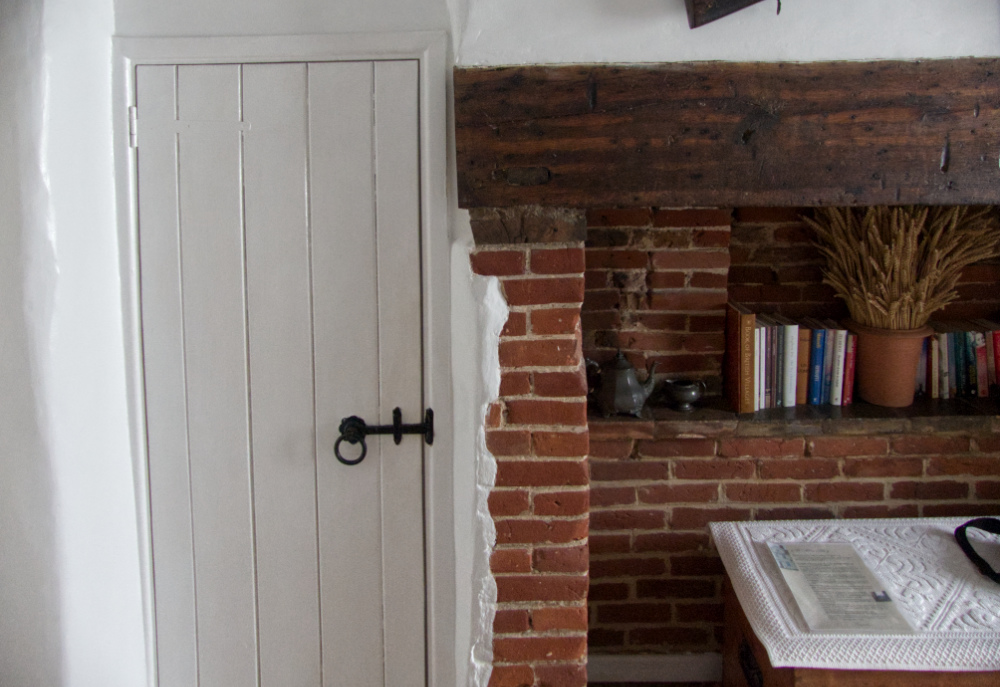
A few quite casual things started to come together. I’d been reading EP Thompson’s The Making of the English Working Class in preparation for a Radical Walk with the title of Praed Street & the Liberty Tree. I’m not quite sure why I picked Praed Street. It appeared, as it were, in a daydream.
I have two copies of Thompson’s book. The copy bought several years ago when I lived in an early 19th century house in Lisson Grove which was part of the Fitzrovia Housing Cooperative. It was cheap and had not been decorated since the 1930s. There was wood panelling half way up the walls of the long entrance hall and the creaking stairs. It was painted chocolate brown and the cracked and crumbling plaster above that was painted a thick yellow ice-cream colour. There were three storeys and a basement. I lived in the basement in one room. There was another room down there which was uninhabitable which had a windowless door to the backyard. It was freezing cold and soot darkened and covered with the dust of a century or two. In that house I had one of those summers that everyone should have at least once.
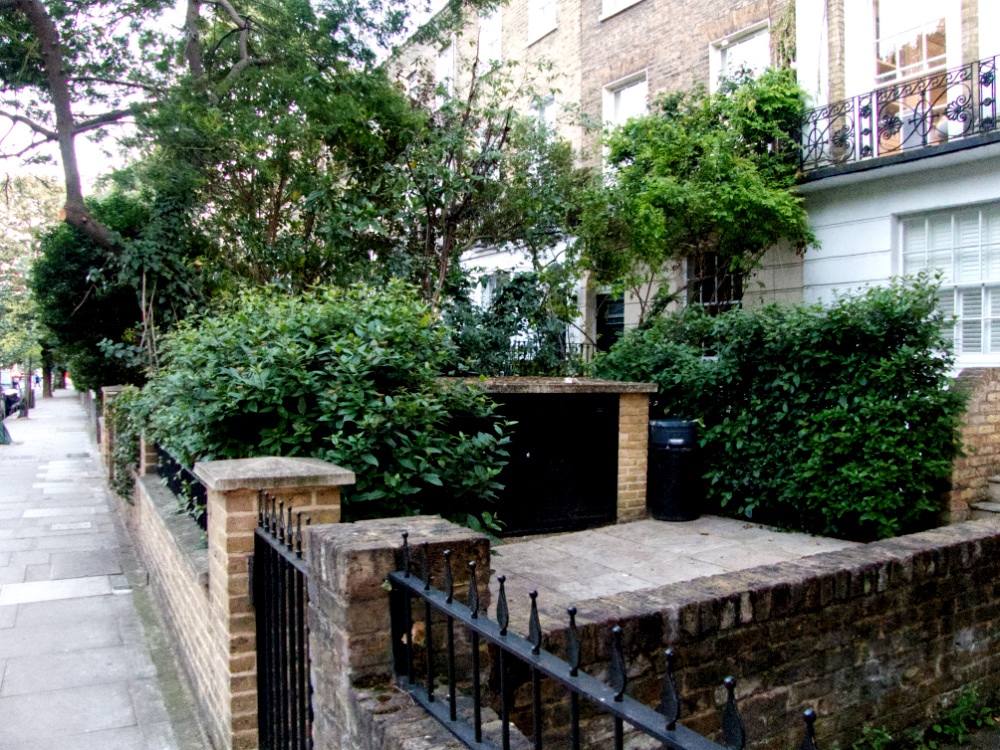
The other people in the house were older and seemed incredibly grown up and sophisticated with their urban London lives, affairs, black silk sheets and curious and exotic friends.
I was friends with a Spanish anarchist who lived nearby and we used to sit on the steps of the backdoor to the house and smoke large amounts of grass (it came in white envelopes for some reason) and he told me stories about the huge battles in Spain in the 1970s against the Franco regime. He always wore a black leather biker’s jacket, even when we spent long languid days exploring the local streets in the summer heat. On one of our many excursions we met Paul Cook of the Sex Pistols and this became part of our self-created folklore. I was told that the dishevelled tramp that rattled like a chained ghost along Lisson Grove was Anthony Blunt but had no means to verify this.
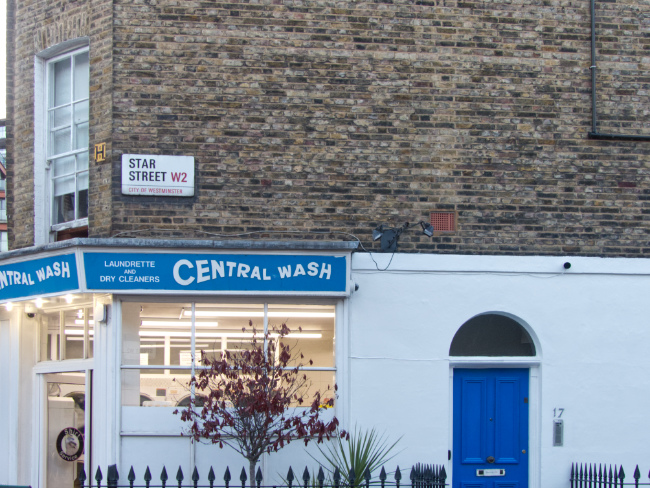
Nothing much seemed to happen that summer other than some occasional events and happenings. An unexpected early morning visitor arriving with a large quantity of amphetamine sulphate in a strange car from another era which no-one else had lived through. There was a rumour of a sawn off shotgun in the glove department (never proven). There were a couple of sub-plots relating to this which involved a heavy duty kidnapping and a guest appearance by Lemmy from Motorhead. But these stories now sound so far-fetched they are not easily described.
One day the kitchen bin caught fire creating an alarming blaze. A memory of walking back from the Edgeware Road with a 12″ copy of Atmosphere and feeling so alive. A summer evening with a long walk to the Moonlight Club to see The Saints. Catching the 159 Routemaster bus just for something to do. The long conversations on a Saturday morning with the Italian barber who was melancholy that his trade appeared to be dying out. Eating home made curries in the local Indian cafes and getting to know the workers.
The left seemed rebellious, subversive, creative and dangerous to know. It was a wonderful and exciting combination and far removed from the stodgy doctrinaire and top down leadership of wooden leaders that parts of it became.
These were the perfect conditions for never ending free wheeling conversations that are like a giant orchestra of ideas. Violins played the leitmotif of the Russian Revolution, the brass riffed on the English Civil War, the percussion beat out the rhythm of the class struggle, some cellists created a deep under swell of Marxism, flutes and oboes fluttered with dialectical conflicts, a harp introduced something difficult to explain and magical and mysterious. There was never much about one’s ‘feelings’ but there were plenty of animated rows about Lenin’s State and Revolution and who the Bolsheviks might have been, and discussions on revolutionary strategy and tactics in such a way that it might have been Petrograd 1917 rather than the London of the early 1980s. When one of the lose members of the Marx Party was encountered a debate that had ended three weeks earlier was immediately restarted where it had previously been left.
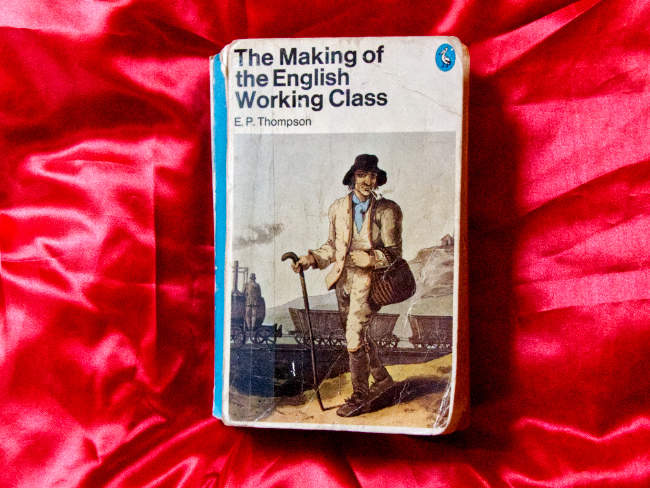
It was also a great place to read and write. I took some of the plaster out of a partition wall (which was of an age to have horse hair in it) and cleaned up the wooden frame that held it all together and that became bookshelves. Four books in particular are well remembered from that time. Wilhelm Reich The Mass Psychology of Fascism, Trotsky My Life, Edmund Wilson, To the Finland Station and EP Thompson The Making of the English Working Class.
It was a different London then. The Berlin Wall divided a city, the Iron Curtain divided a continent, the Cold War was heating up with ugly tensions of nuclear violence. It was the eve of the rapid industrialisation of China. There were around quarter of a million miners and over 10 million trade unionists in Britain. London was yet to be dominated by a new phase of capital which has expressed its expansion in the monochrome monotony of high rise buildings of concrete, glass and stone.
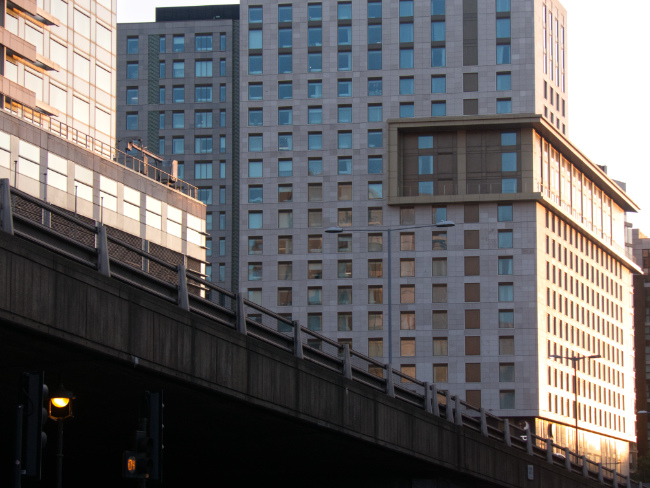
And my days and dreams were taken from me and finger by finger, limb by limb; brain and heart were swept up by the great net of capital demanding labour. Into a corporate world of dullness and management fads and concentrated capitalist ideologies. There had never been any ambition as such; other than to read and talk and set about to change the world. But the capitalists don’t like such things and are determined that real freedom for the labouring classes shall not come to pass.
The copies of Trotsky, Wilson and Thompson I still have but the Reich was lent out long ago and never returned. The Thompson is the thick Penguin edition which is now slowly falling apart and is difficult to read without pages coming out. Some time ago a hardback was bought as a reading copy. The original now has the status more akin to what passes for an heirloom. It’s the hardback I’ve been reading in preparation for the upcoming walk.
Thompson describes the lives of the weavers before the industrialisation of the factory system. He ensures that the reader does not approach his descriptions of the weavers with romantic notions. But he makes some powerful observations. In the new factories and mills, the workers were subjected to physical and sexual violence. Small children were forced to work for 10, 12, 16 hours a day. As Thompson says, with a rigid monotony that is particularly cruel to children. A quarter of a day’s wages could be stopped for the lateness of a minute or two. The physical bodies of the people were stunted. Children died of exhaustion. Women returned to work a few days after giving birth. There was no joy in this life, nothing but a relentless treadmill that had to be trod in order to stay just about physically alive.
There is nothing nostalgic about Thompson, he simply contrasts the lives of the weavers before, during and after capitalist industrialisation. He explains that with the development of the factory system and the machine -expansion of capital, work-time-discipline was physically beaten into the workers. Those who tried to resist with political campaigns and demonstrations and protests and the selling of radical literature and the organisation of public meetings were arrested, imprisoned without trial, tortured, hung and deported. In the dislocation and chaos caused by war, craven politicians and enclosures, thousands starved to death.
Thompson points out that there had been an alternative world before this. With an idea of inalienable rights. Of the relative autonomy of several groups of workers (not all), and of some basic levels of workers having control over the rhythms of the application of their own labour power. The clock was not part of a machinery of punishment; it might be something to check to see if the pub was open.
Children would work in the helping of their parents. But unless they had cruel parents they would not be thrashed by an overseer, nor would they be forced to stand in the same spot for 16 hours undertaking the same repetitive movements. They might help their parents and then run to play; football, cricket, tag, Nine Men Morris, horseshoes, huzzlecap, roaming the local fields and woods and streams.
The start of the working day was not at 5am with a walk in the cold and rain to a factory. The working day started in a more natural way and work and home were in essence the same place. The hours of work where more in the control of the weavers. Household chores, a bit of gardening, tending to a pig, could be woven into the fabric of the working day. The human body is a natural entity, not an automaton, and the natural rhythms of the body change throughout cycles of days and months. Weavers worked in groups in towns and villages. No boss to bully with intimidating aggression and sarcastic words. No humiliations heaped upon the workers by the narcissistic self-interest of the managers.
Just after reading this section of the book, I received an unexpected invitation to spend a few days in Norwich. For all sorts of reasons I had to book my own place to stay. It was one of those times when you see something and you know that’s the place you want without any need to look at anything else. I took the train as far as Manningtree with a work colleague and then sat looking out of the window at hedgerows and fields coming to life in the air of a spring evening.
I walked from the train station, through the grounds of the cathedral and crossed the river. I recognised the house from photographs. The landlady explained it was built in the 1500s for many decades it had been home to families of weavers. The gable room at the top was were the loom (or looms) had been installed. When she left me to my own devices I sat on the chair with tea and biscuits just being in the moment in this magical space.
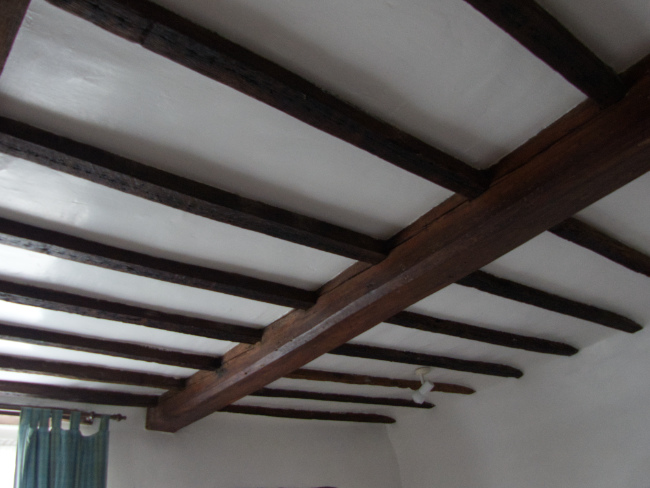
A large single beam and twelve cross beams hold up the ceiling. There is a thick wooden lintel above the door, which has some nice decorative red brick work. The floor is of thick stone slabs producing an impression of permanence and great solidity. The walls have the delight of seductive curves and naughty undulations. The main front wall looks as if its higher at one end than the other, and where the ceiling and wall come together there’s a meandering curvy line.
The large fireplace holds the attention of the centre of the room, well constructed with slender, hand made rust colour bricks, held together with thick buttery spreads of uneven mortar. Another beam is a fine counterpoint to the fireplace and provides a visual focal point. A small door with a large latch adds a dash of mystery. It’s the sort of door one encounters in a dream. It is not opened by a key but through curiosity. It leads to fantasies and adventures. The light comes into the room through quirky cracks and crevices and hand made glass windows. The sun-ray particles bounce around, getting lost in little nooks and the cosiness of unexpected corners.
There is no machine precision here; although let’s be clear, I’m not against machine precision. It is essential to the making of microchips and medical scanners and many other things – but why have machine precision in the home? Why not make the places that we live in gloriously individual and accidental, with enigmatic quirkiness and carefully constructed puzzles?
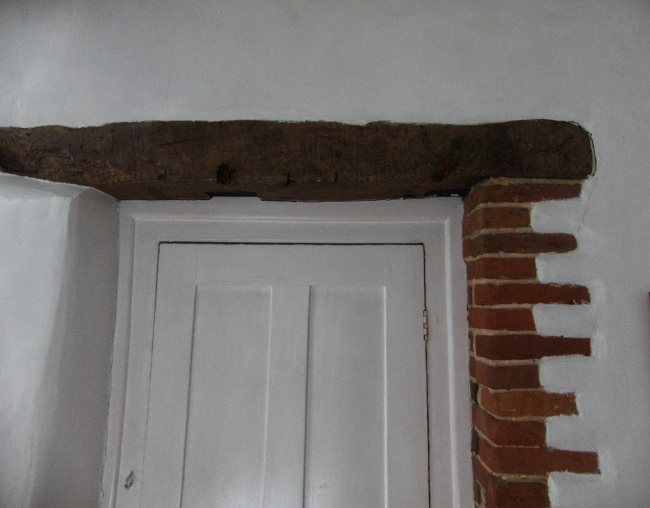
While I’m writing some friendly ghosts appear but they don’t notice me. I’m aware of the women’s long dresses, the well-made waistcoats of the men, long clay pipes, the extraordinary life in their faces. Someone is talking about Thomas Paine and rights and liberties and the damned government. They all have artisans hands, full of great human hand-craft skill.
I leave the room and step out into the evening. The church opposite has fine stone flush work and well built flint walls. It is the centre piece of the square and all around are more houses of the weavers. People sit outside their houses on benches, drinking ale and wine and chatting to their neighbours. The whole village takes care of the children and the elderly and infirm. No one here is lonely, everyone has enough eat, friends and a quality of handicraft production.
No, let’s not be romantic and nostalgic, but for everything that the capitalist industrial revolution provided, it’s worth noting what it took away. Labour that was more connected to the development of species being. A greater control of the labour process and when and for how long work took place. Urban space which was for the people and not the landlord. Open space for the joy of open space and a community of people with real harmony. I didn’t notice anyone being lonely here, that crippling disease of advanced capitalist countries, with its soul-destroying twin of alienation.
I am not advocating some sort of imagined pastoral society of de-industrialisation. I am in favour of the use of machines and electrical power and robots and AI. The means of production have now been developed to the technical standard where all non-interesting, boring, dangerous and repetitive work can be automated. Let robots clean toilets and AI fill in spreadsheets (if we must have spreadsheets). Machines are excellent tools for precision, strength, speed, the mass production of standardised objects, the shaping, cutting and assembly of the immense and microscopic. Through the application of machines to the repetitive, human labour could be freed for its application to the individual and unique and original. Human creativity could be unleashed.
Each age has its own variation of the Liberty Tree. For the weavers in Norwich, the croppers in Leeds, the cotton workers in Lancashire and the framework knitters in Nottinghamshire and Leicestershire, the Liberty Tree was for democratic rights.
Thompson makes a very good point – one I have not heard before – that this idea of democratic rights wasn’t a hand-me-down thrown to the artisan class from the rarified Enlightenment of the bourgeoisie. The idea of democratic rights came from the artisan workers themselves as an expression of their self-interests and desire for autonomy; in politics, production, and in life.
The Liberty Tree must be planted yet again. How it might grow and what fruit it might bear, well that is up to us.

You must be logged in to post a comment.